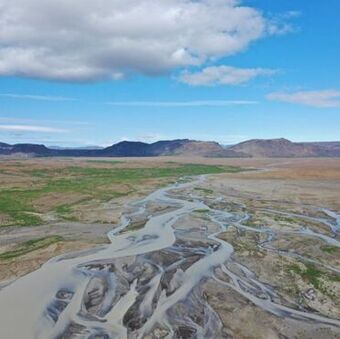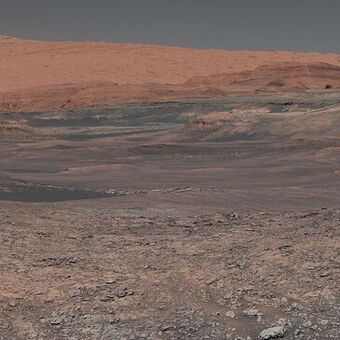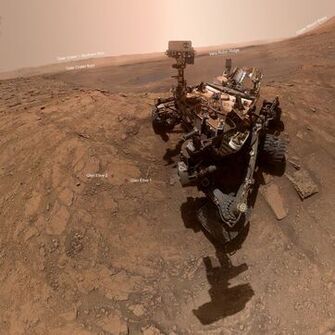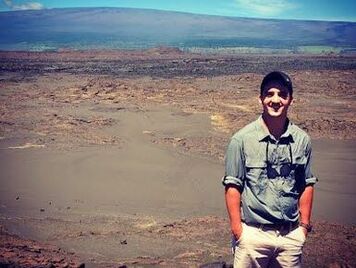RESEARCH THEMES
(i) Basaltic Sediments from Source-to-Sink
|
(ii) Terrestrial Analogs for Ancient MarsAs on Earth, sediments and sedimentary rocks are generated on the surface of Mars through chemical and physical weathering, and in some cases, produced in fluvial environments (e.g., rivers and lakes). However, we generally lack a terrestrial reference frame for the sedimentary mass of Mars because these planets are sourced from fundamentally difference rock types, i.e., granite vs. basalt. Complicating things further is a debate over the early climate of Mars, mainly riding on the two climate endmembers: (1) a warm and wet vs. (2) a cold and icy. Thus, this work compares our previous field work in basaltic terrains on Earth to data returned from the Mars Science Laboratory (MSL) Curiosity rover, were we search for first order similarities in order to place better constraints on the paleoenvironment of Mars.
|
(iii) Mineralogy of Mars
|
CURRENT TEAMS AND FORMER RESEARCH STUDIES
|
SAND-E Team with P.I. Ryan Ewing
Semi-Autonomous Navigation for Detrital Environments "SAND-E" As part as a NASA funded PSTAR project, this work explore rover driving capabilities in martian analog environments. On the rover side, our SAND-E team is testing various operational scenarios to better understand the utility of rover's navigating sedimentary environments. The science mission of this project is to investigate how basaltic sediment are altered from source to sink. For this work, we explored two watersheds in Iceland, in 2019 and 2021. The SAND-E project brings together scientist and engineers from NASA JSC, Texas A&M, Purdue University, Stanford University, and Mission Control Space Services Inc. We are currently working on publications for this work, so stay tuned! |
Ambergrit Team with P.I. John Grotzinger
Linking Modern Microbial Mat Growth to Understanding Preservation of Biosignatures in Geological Record This was a unique opportunity to head into the field for a Geobiology field course with an academically diverse group of experts, with specialities ranging from geology, to biology, to chemistry, to remote sensing, were we explored the growth of microbial mats. We tracked along Little Ambergris Cay, an uninhabited region that is part of the Turks and Caicos Islands, ultimately searching for the preservation of mats with depth but also documenting the diversity in mats from the shoreline to the interior of Ambergris. This work was recently published in Nature communications Present et al., (2021) |
Hawaii with P.I. Tim Glotch
In situ geochemistry and mineralogy for sample return by astronaut "Boots on the Ground" In this study, I was lucky to join my M.S. advisor, Dr. Deanne Rogers, and the RIS4E team in the field, as we conducted field work at Hawaii Volcanoes National Park in order to evaluate the techniques of using hand held devices to identify geochemistry and mineralogy of samples in the field. The goal was to test efficiency for astronauts and to develop a more scientific based sampling techniques for future planetary missions. This project continued when I left Stony Brook and there are some great articles out there by the RIS4E team! |






